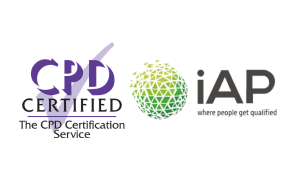Diploma in Anatomy and Physiology of Human Body – Level 3
 Access Duration - 365 Days
Access Duration - 365 Days
 Accredited By "CPD & iAP"
Accredited By "CPD & iAP"
 Guided Learning Hours (25)
Guided Learning Hours (25)
 Course Material
Course Material
 Number of Modules 30
Number of Modules 30
 Mock Exam Included
Mock Exam Included
 Final Exam Included
Final Exam Included
4.8( 12 REVIEWS )
3130 STUDENTS
4.3
4.3 ( 3 Reviews )
614 Students Enrolled




